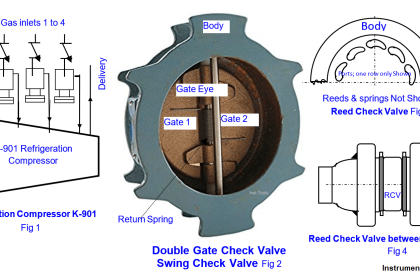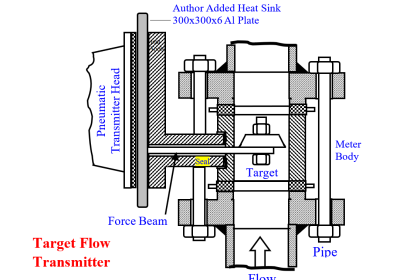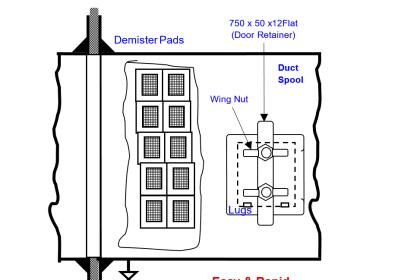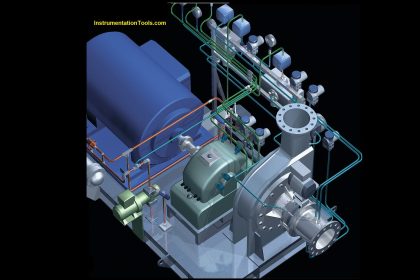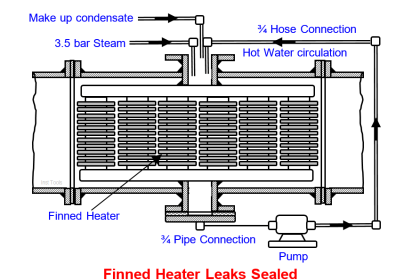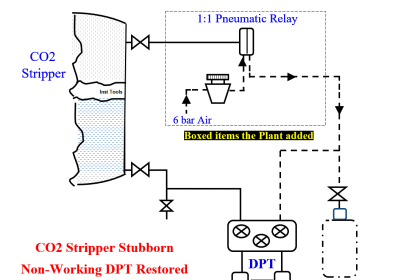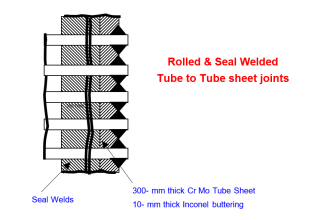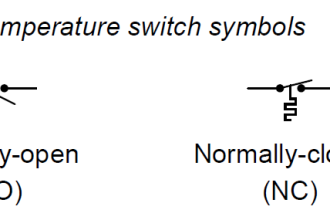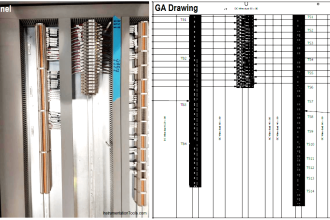Electrical engineering root cause analysis (RCA) related to Frequent Feeder-A Lightning Arrester (LA) Bursts.
| Article Type: | Root Cause Analysis (RCA) |
| Category: | Electrical |
| Equipment Type: | Bus ducts, Switchgear, Transformers, |
| Author: | S. Raghava Chari |
Note: This root cause analysis (RCA) is from real-time scenarios that happened in industries during the tenure of two or three decades ago. These articles will help you to improve your troubleshooting skills and knowledge.
Lightning Arrester (LA) Bursts Problem
110 KV exclusive Feeders-A & B running side-by-side feed power to the plant from the grid-connected 6-Km away thermal power station.
Feeder B’s Lightning Arrester (LA) never burst, but Feeder A’s several times a year especially on slightly windy days.
Root Cause Analysis
The author instrument engineer then commented in common problems solving meeting, “Feeder B Lightning Arrester has never burst; hence, selected Lightning arresters are Ok for our application.
Perhaps, Feeder-A conductors accidentally contact the Electricity Board’s 220 KV transmission conductors. Hence, I suggest a team inspecting the Feeder-A along its entire route”.
Surprisingly, the electrical graduate and long electrical experienced Maintenance Manager and other electrical engineers ignored and even ridiculed it saying, “Rigorous electrical standards on HT power lines routing and maintaining distance between bare conductors prevent such accidents.”
Based on fancy theories they installed very expensively higher voltage Lightning Arrester (LA), and a fast-acting carrier trip system. But Feeder-A, LA bursts persisted.
Author’s Comments Proved
The author on becoming maintenance manager sent a team of two plant electrical engineers, two electricity board engineers to inspect Feeder-A conductors along its 8-km route.
He sent a snake charmer also with the team so that the electrical engineers inspect the conductors carefully and the snake charmer guards them against the likely snakes along the route.
The team did find excessively sagged 220-kV line conductors, which could easily contact Feeder‑A conductors, even at slight winds.
Problem Solved
The author prevailed upon the Managing Director to permit the plant doing the necessary repairs though not its responsibility according to the thermal station engineer’s requirements.
Thus free from red tape, the plant contractor modified the 220 KV lines supports as necessary in the record 3 days.
Nuisance Feeder-A Lightning Arrester bursts vanished forever.
Author: S. Raghava Chari
Do you face any similar issues? Share with us through the below comments section.
If you liked this article, then please subscribe to our YouTube Channel for Instrumentation, Electrical, PLC, and SCADA video tutorials.
You can also follow us on Facebook and Twitter to receive daily updates.
Read Next:
- Insulation Resistance (IR) Problems
- Burst Transformers & Input Breakers
- Failing Weigh Feeders and Drives
- Transformers Coolers Problems
- Motor Rampant Winding Burnout
